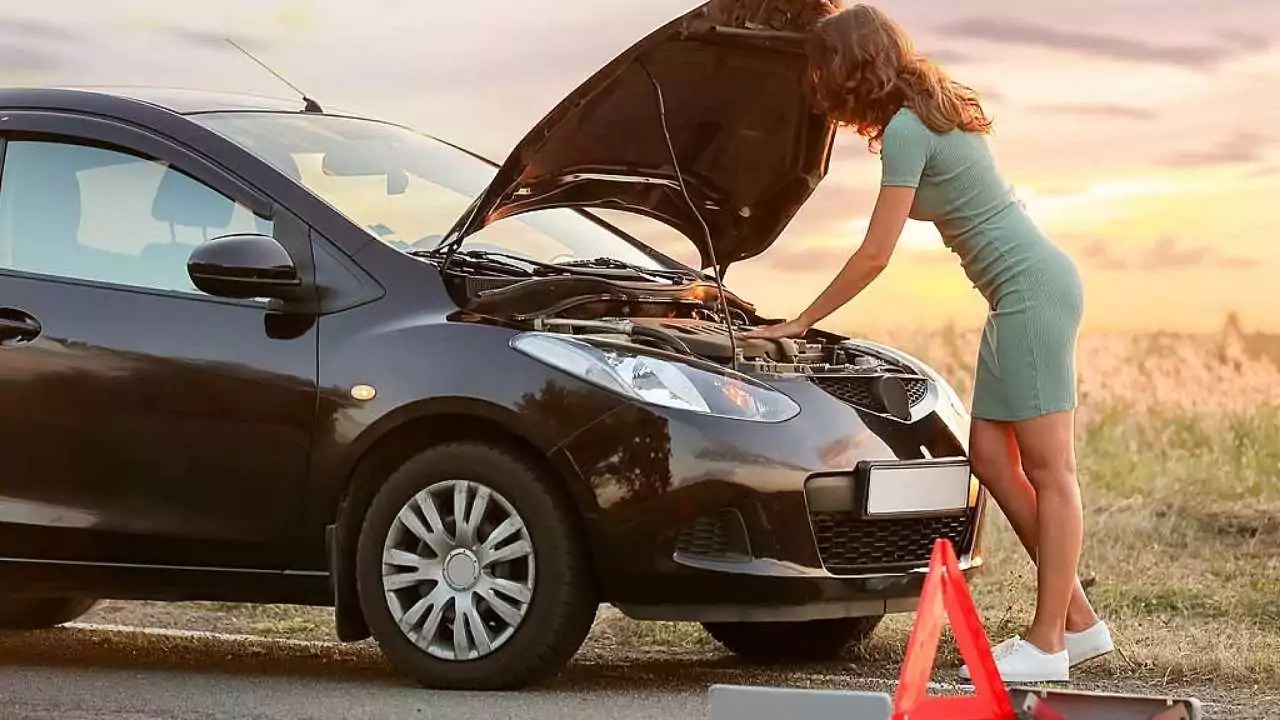Driving in dense traffic can be a challenging experience for many drivers, especially for those who are new to the road or are driving a manual transmission vehicle. One of the common issues that can arise in such situations is stalling the engine. This article aims to provide a comprehensive understanding of why stalling occurs, how to avoid it, and what to do if it happens.
What Is Engine Stalling?
Engine stalling refers to the sudden stop of the engine while the vehicle is in motion. This can occur for several reasons, but in the context of dense traffic, it often happens when a driver is unable to maintain the necessary engine power while navigating through slow-moving or stop-and-go conditions.
Causes of Engine Stalling in Dense Traffic
Stalling an engine can be frustrating and potentially dangerous. Here are some common causes:
- Improper Clutch Usage: In manual vehicles, improper engagement or disengagement of the clutch can lead to stalling. Drivers may forget to fully disengage the clutch when coming to a stop.
- Low Engine RPM: Maintaining low RPMs (revolutions per minute) while in gear can cause the engine to stall, particularly if the vehicle is in a higher gear.
- Fuel Supply Issues: Insufficient fuel supply due to a clogged fuel filter or failing fuel pump can cause the engine to stall.
- Electrical Problems: Issues with the ignition system or battery can lead to stalling, especially if electrical components fail under the stress of stop-and-go traffic.
- Driver Inexperience: Novice drivers may struggle with the coordination needed to manage the throttle and clutch effectively, leading to stalling.
How to Avoid Stalling in Dense Traffic
While stalling can happen to anyone, there are several strategies that drivers can employ to minimize the risk:
- Practice Smooth Clutch Control: Learning to smoothly engage and disengage the clutch is crucial. Practice in a safe environment to gain confidence.
- Know When to Shift Gears: Pay attention to the speed of traffic and shift to the appropriate gear to maintain optimal RPM levels. Avoid high gears when moving slowly.
- Use the Handbrake: When stopped in traffic, especially on an incline, use the handbrake to prevent rolling backwards, which can help maintain control.
- Stay Calm and Patient: Stress can lead to mistakes. Staying calm in traffic can help you make better driving decisions.
- Regular Vehicle Maintenance: Ensure your vehicle is in good condition, including regular checks on the fuel system and ignition components.
What to Do If Your Engine Stalls
If you find yourself in a situation where your engine has stalled, follow these steps to safely address the issue:
- Stay Calm: Panicking can lead to poor decision-making. Take a deep breath and assess the situation.
- Turn on Hazard Lights: Immediately turn on your hazard lights to alert other drivers that you are having an issue.
- Check Your Surroundings: Ensure that it is safe to restart your vehicle without endangering yourself or others.
- Restart the Engine: If you are in a safe location, attempt to restart your engine. Ensure that you fully engage the clutch and shift to neutral before starting.
- Move to Safety: If the engine does not restart, or you are unable to move, consider calling for roadside assistance.
Stalling the engine in dense traffic can be a common occurrence, especially for inexperienced drivers. Understanding the causes and implementing strategies to prevent stalling can enhance your driving experience and safety on the road. Remember that remaining calm and composed during such situations is vital for your safety and that of others around you.
Final Thoughts
Driving is a skill that improves with practice. Take the time to familiarize yourself with your vehicle’s mechanics and practice driving in various conditions. By doing so, you will reduce the likelihood of stalling and become a more confident driver.

